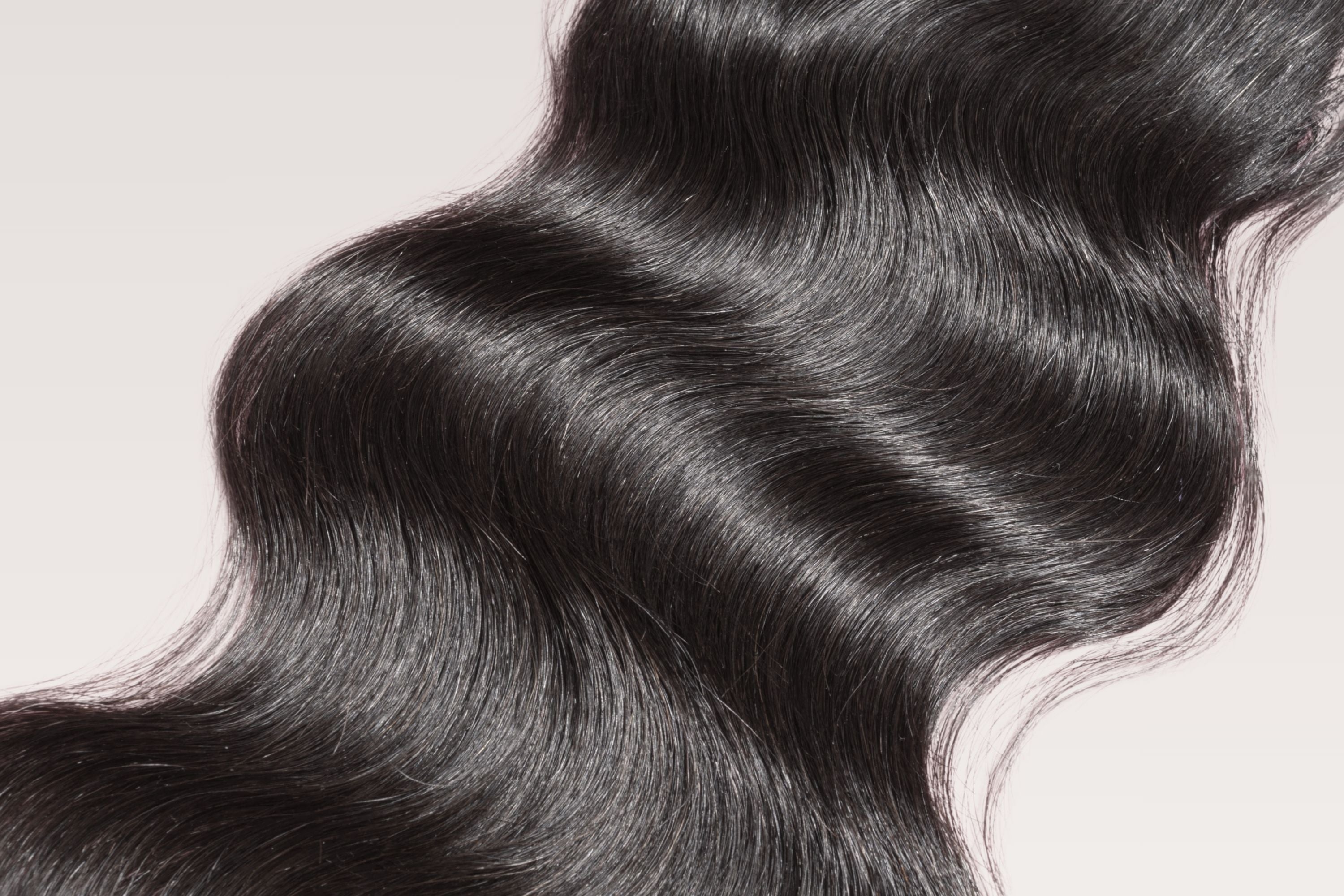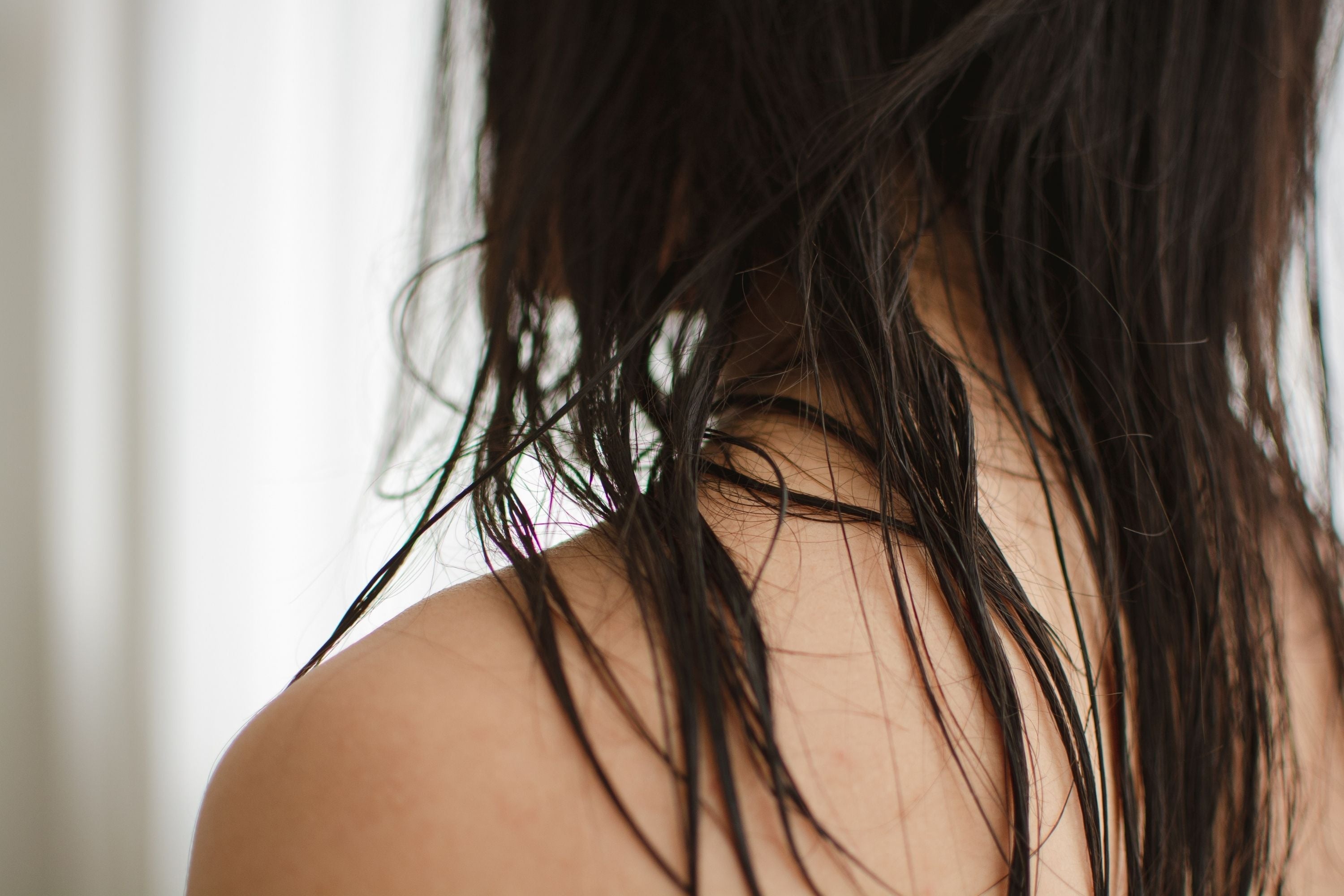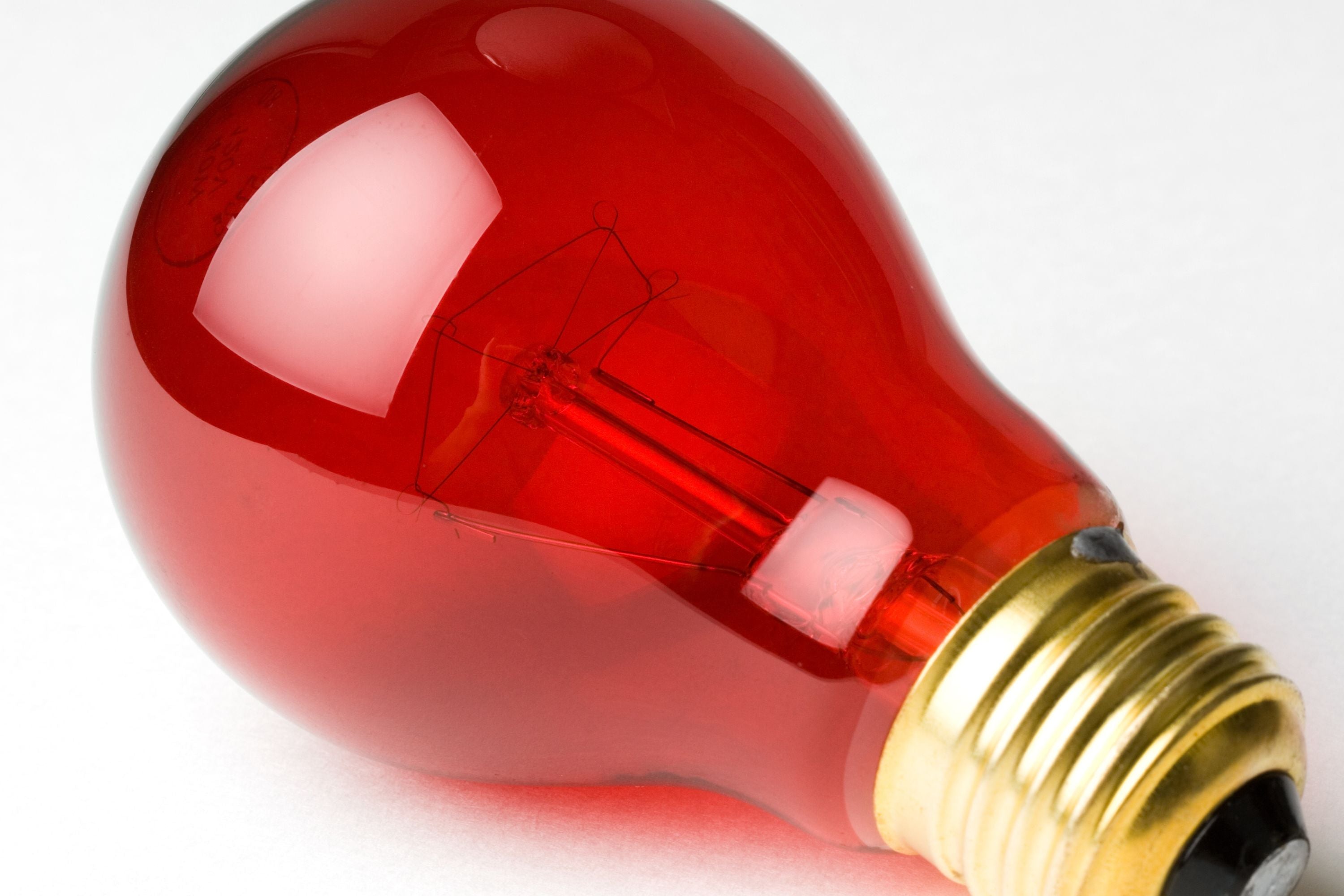Does Red Light Actually Help Hair Growth?

Hair loss is one of the most searched beauty and wellness concerns on the internet today. Millions of people type questions into Google every month: Does red light actually help hair growth? How long does it take? Is it safe? If you’re asking the same, you’re not alone.
The short answer: Yes, red light therapy is clinically backed to help stimulate hair follicles, reduce shedding, and support regrowth — but it’s not an overnight miracle. The long answer is where things get interesting, and where most brands oversimplify.
At Solaris, we believe your scalp is skin, and skin deserves science. Let’s unpack what the research, dermatologists, and real users have found about red light therapy for hair growth.
The Science: How Red Light Works on Hair Follicles
Red light therapy uses specific wavelengths of light, usually in the range of 630–680 nanometers. When this light penetrates the scalp, it does three things that matter for hair:
-
Increases blood flow to the scalp, delivering oxygen and nutrients directly to struggling follicles.
-
Boosts cellular energy (ATP production) inside follicle cells, giving them the fuel they need to shift from a “resting” phase into an active growth phase.
-
Reduces inflammation, calming the scalp environment so follicles can thrive instead of shutting down.
Dermatologists call this photobiomodulation. In plain language, it’s light stimulating your skin’s natural biology — the same principle used in wound healing and skin rejuvenation.
What the Studies Say
-
A 2017 review in the journal Lasers in Medical Science found that red light therapy significantly improved hair density in both men and women with pattern hair loss.
-
A randomized clinical trial in Lasers in Surgery and Medicine showed that people using red light devices saw an average of 35% increase in hair growth after 16 weeks.
-
Dermatologists now regularly recommend it as a low-risk, non-drug option for patients who want to address thinning without harsh chemicals.
The evidence is clear: red light is not hype. It’s one of the few beauty-tech categories with decades of clinical data behind it.
How Long Does It Take to See Results?
This is where expectations matter.
-
Weeks 1–4: Many users notice reduced shedding — less hair in the shower drain, less on the brush.
-
Months 2–3: Scalp feels calmer, roots feel stronger. Baby hairs may start appearing along the hairline.
-
Months 4–6: Visible improvement in thickness, density, and overall volume.
Hair growth is a slow biological process. Consistency is everything. Just like skincare, results compound over time.
Can You Overdo Red Light Therapy?
Another common question is whether “more is more.” The answer: not really.
-
The sweet spot: 10–20 minutes, three to five times per week.
-
Going longer doesn’t damage the scalp, but studies show it doesn’t deliver better results either.
-
Think of it like watering a plant. Regular, steady care works better than flooding it once.
Are There Side Effects?
Red light therapy is considered one of the safest treatments in dermatology. Side effects are rare and mild:
-
Temporary scalp warmth
-
Slight redness if the device is pressed too firmly
-
Occasional dizziness or eye sensitivity in very light-sensitive people
There are no systemic side effects, unlike prescription drugs for hair loss. Dermatologists often recommend it as a supportive therapy precisely because of this safety profile.
What Dermatologists and Mayo Clinic Say
Most dermatologists describe red light therapy as a “low-risk adjunct.” It’s rarely positioned as a solo miracle cure, but as part of a hair health routine it has strong support.
The Mayo Clinic highlights red light therapy as a noninvasive option that stimulates healing and cellular repair. While their notes are often framed around wound healing, the same mechanisms apply to scalp health and follicle function.
In short: credible medical institutions don’t dismiss it. They see it as a legitimate, low-risk tool.
Do At-Home Devices Actually Work?
Yes, but only if they’re engineered properly. Many cheap gadgets don’t deliver the correct wavelength or power density to penetrate the scalp. That’s why clinical results can’t always be replicated with knockoff devices.
Solaris LED tools are designed to match the same therapeutic window proven in studies, but with the convenience of daily use at home. High-tech, simple to use, safe for all hair types.
Best Practices: How to Use Red Light for Hair Growth
-
Start with a clean, dry scalp. Oils, buildup, or heavy products can block light penetration.
-
Use consistently. 10 minutes, at least 3–4 times a week.
-
Pair with scalp care. Exfoliation, serums, and gentle massage boost results.
-
Stay patient. Hair growth is measured in months, not days.
Remember our core truth: your scalp is skin. Treat it like it matters.

The Bottom Line
So, does red light actually help hair growth? Yes — the science says it can stimulate follicles, reduce shedding, and improve hair density with consistent use.
It’s not instant. It’s not magic. But it’s safe, accessible, and one of the few non-drug options that truly works when used correctly.
At Solaris, we believe hair health is skin health. Our LED ritual is designed to give your scalp the same preventive care you already give your face. Because stronger hair starts underneath.

